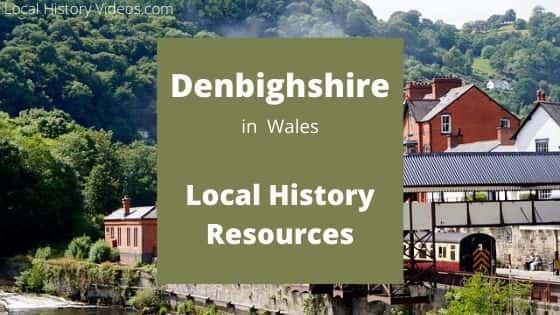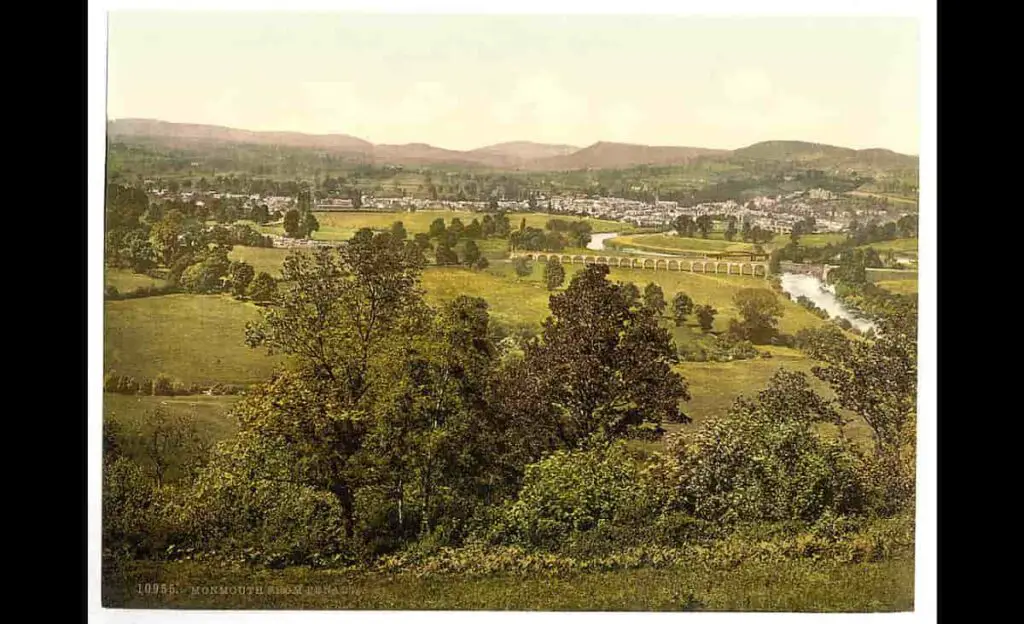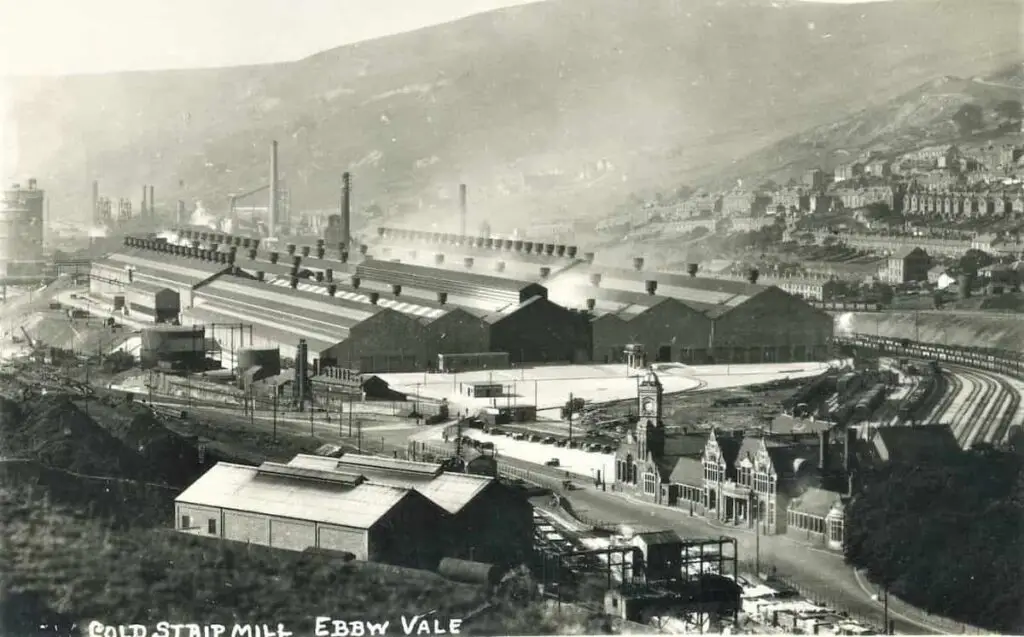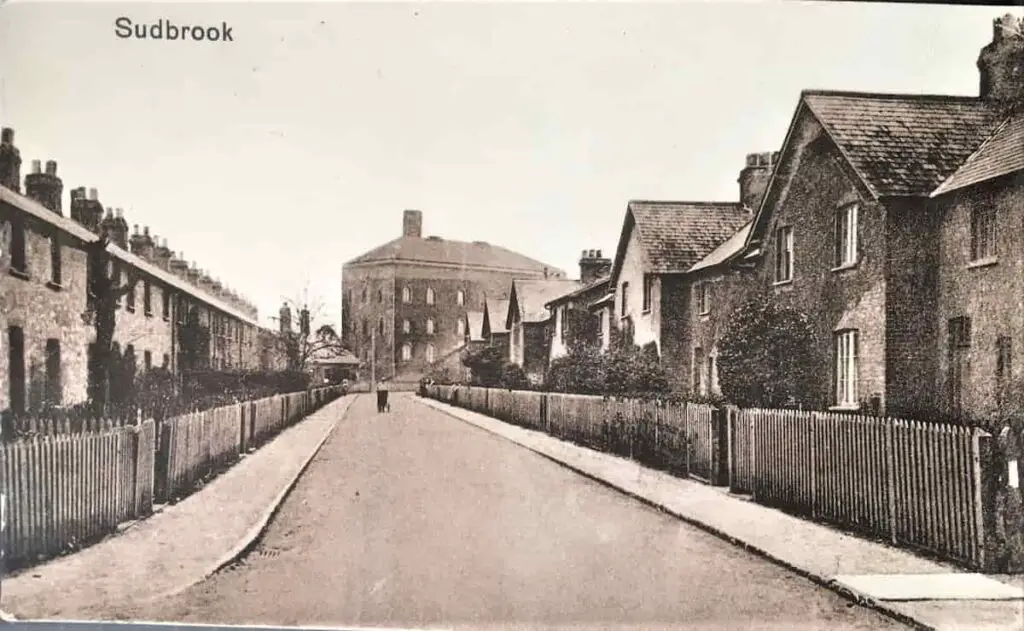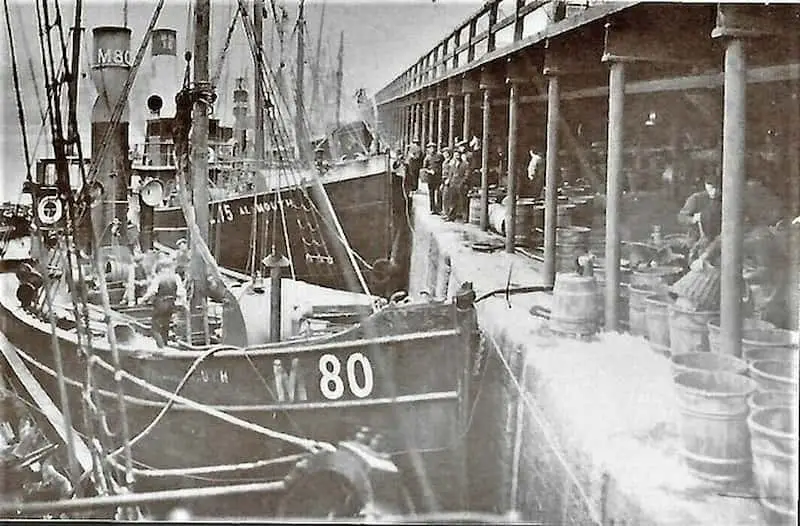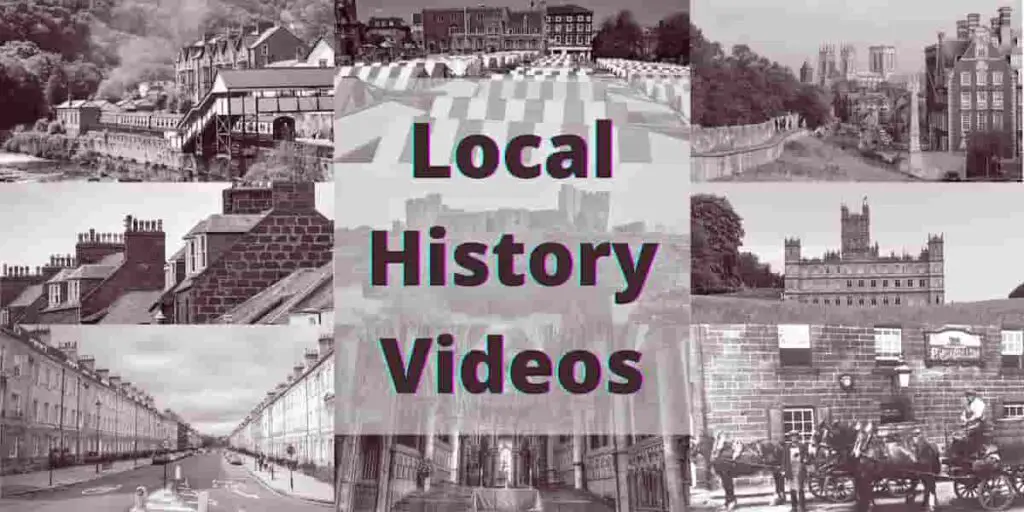Boasting castles, historic houses, bustling market towns, beaches and beautiful countryside, the county of Denbighshire in north east Wales is a popular destination for holidaymakers and history enthusiasts alike.
Denbighshire History On Facebook
The following Facebook pages and groups are a useful source of help for anyone interested in the history of Denbighshire:
- Denbighshire Archives
- Denbighshire Family History
- History of Meliden / Gallt Melyd
- The History of Wales
Denbighshire Archives
Denbighshire Archives are located at 46 Clwyd St, Ruthin LL15 1HP. They house a wide range of collections, and maintain an engaging blog.
Museums of Denbighshire
The area is home to the following museums:
Plas Newydd
When Lady Eleanor Butler and Miss Sarah Ponsonby (the Ladies of Llangollen) eloped and set up house together in the late 18th century, British society was scandalised. Over time, they extended the house and gardens, and not only became widely accepted but also received many famous visitors to their Plas Newydd home.
Today, by Denbighshire County Council runs Plas Newydd as a museum.
Ruthin Gaol
HM Prison Ruthin opened on 1 April 1878. The Pentonville style prison cost £12,000 to build, and accommodated up to 100 prisoners.
The gaol’s final prisoners transferred to Shrewsbury in 1916. Subsequently a variety of other services used the premises. In 2004, Ruthin Gaol opened as a museum.
Nantclwyd y Dre
Formerly known as Tŷ Nantclwyd, Nantclwyd y Dre is the oldest timbered house in Wales. The Grade 1 listed property is now open as a historic house museum.
Castles In Denbighshire
Reflecting the English military oppression of Wales from Norman times until the end of the English Civil War, many castles are found in Denbighshire.
Bodelwyddan Castle
Built around 1460 by the Humphreys family of Anglesey as a manor house, Bodelwyddan Castle near Rhyl was a museum and visitor attraction for thirty years. Unfortunately, austerity measures forced the local council to cut funding, which in turn led to the withdrawal of the National Portrait Gallery’s involvement. In 2019, Denbighshire County Council closed the premises and put them up for sale.
Denbigh Castle and town walls
Built to control the lordship of Denbigh after the conquest of Wales by King Edward I in 1282, the new walled town was quickly colonised by the English. Centuries of conflict ensued, including a devastating attack by Lancastrian forces during the War of the Roses and later partial destruction by Royalist forces during the English Civil War.
Today, the site is protected under UK law as a scheduled ancient monument. Furthermore, the castle itself is a grade I listed building. Welsh heritage agency Cadw added a visitors’ centre as part of a £600,000 investment into the site.
Castell Dinas Brân
Castell Dinas Brân occupies a prominent hilltop site above the town of Llangollen. Experts suggest Gruffydd Maelor II, a prince of Powys Fadog, ordered construction in the 1260s. Several earlier structures, including an Iron Age hillfort, previously occupied the same site.
The castle is a scheduled ancient monument owned. Denbighshire County Council, with the assistance of Cadw, maintains the site.
The official advice for all visitors planning the walk up to the castle is wear stout walking shoes and warm, waterproof clothing.
Dyserth Castle
The last castle of the British fortified defences on the Clwydian hill range in the Middle Ages, Dyserth Castle was built by the English. They were pushing ahead to conquer and control this part of Wales following the death of Welsh prince Llywelyn the Great in 1240.
Previously, the site was occupied by fortifications in Neolithic, Bronze Age and Romano-British times.
For two decades Dyserth Castle came under regular attack. In 1263, Welsh prince Llywelyn ap Gruffudd destroyed the castle after several weeks of a blockade and siege. During World War I, a quarry opened on the site, removing the majority of the castle ruins.
Prestatyn Castle
King Henry II of England granted land to Norman lord Robert Banastre, who built the motte and bailey Prestatyn Castle in 1157. Owain Gwynedd and his followers destroyed the castle in in 1167. Today just an earth mound remains, visible in fields to the south of the Prestatyn railway station.
Rhuddlan Castle
Erected by Edward I in 1277, following the First Welsh War, Rhuddlan Castle has a unique diamond layout. It was built 300 metres to the north of Twthill. Unfortunately, extensive damage during the English Civil War by the Parliamentarians left the site largely ruined by 1648.
Today Welsh heritage agency Cadw maintains the ruined castle, which is a visitor attraction.
Ruthin Castle
Constructed during the late 13th century by Dafydd ap Gruffydd, the brother of Prince Llywelyn ap Gruffudd, since the 1960s the remains of Ruthin Castle have formed part of the Ruthin Castle Hotel.
Twthill
Known variously over the centuries as Twthill, Toothill, and Tot Hill Castle.
Robert of Rhuddlan, at the command of William the Conqueror, erected the motte and bailey castle in 1073.
Later in 1277, Edward I ordered construction of the Rhuddlan Castle 300 metres away. Larger and built with stone, it provided better defences.
Today, only the large mound of the motte, and traces of the wall that surrounded the bailey, survive. Welsh heritage agency Cadw maintains the site, and welcomes site visitors without charge.
Towns In Denbighshire
Just under 95,000 people live in the county, which is home to the following towns:
- Corwen
- Denbigh
- Llangollen
- Prestatyn
- Rhuddlan
- Rhyl
- Ruthin
- St Asaph
More pages about Wales
- Old Images of Monmouth, Wales
- Old Images of Blaenau Gwent, Wales
- Old Images of Monmouthshire, Wales
- Old Images of Pembrokeshire, Wales
- Old Images of Llanybydder, Wales
Back to Local History Videos home page
Thanks to hayho (Pixabay) for the photograph of Llangollen used in the title image of this page.

